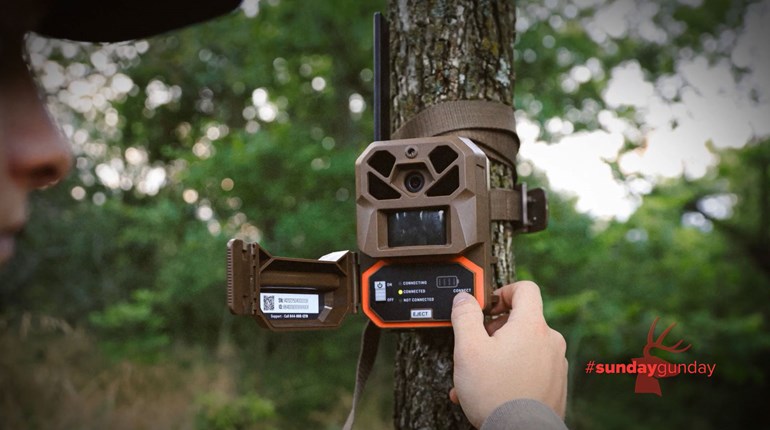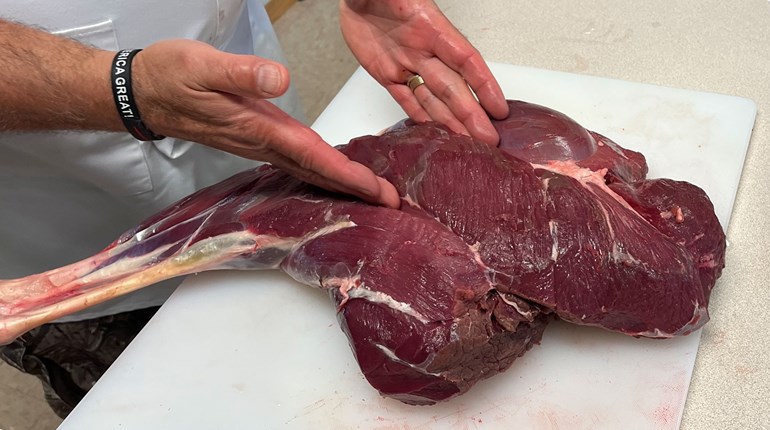
 The first duck stamp was sold 80 years ago today, on Aug. 22, 1934. Its price was $1. Its story is a bright spot in conservation history and the North American Model of Wildlife Conservation.
The first duck stamp was sold 80 years ago today, on Aug. 22, 1934. Its price was $1. Its story is a bright spot in conservation history and the North American Model of Wildlife Conservation.
Today, waterfowl are abundant, but in 1901 few remained at the end of an era that included market gunning and rampant draining of wetlands driven by agricultural interests, and the Dust Bowl years of the 1920s also hit waterfowl hard. In 1927, members of the Boone and Crockett Club formed the American Wild Fowlers, which would later become Ducks Unlimited. American Wild Fowlers pushed passage of the Migratory Bird Conservation Act of 1929, which established our federal refuge system.
Major funding for waterfowl and their habitat was enabled in 1934, when the Migratory Bird Hunting Stamp Act was signed into law. Boone and Crockett Club member Jay N. “Ding” Darling, a Nobel Prize-winning political cartoonist, illustrated the first Federal Migratory Bird Hunting and Conservation Stamp; 635,000 of them were sold in 1934. Within five years, sales of the stamps had raised more than $1 million for waterfowl habitat restoration. Today, 80 years later, sales of federal duck stamps have raised more than $800 million to help secure more than 6 million acres of waterfowl habitat nationwide.





































